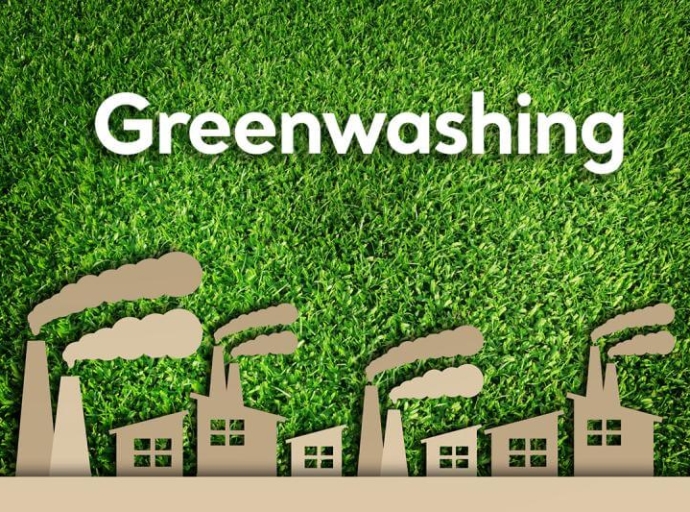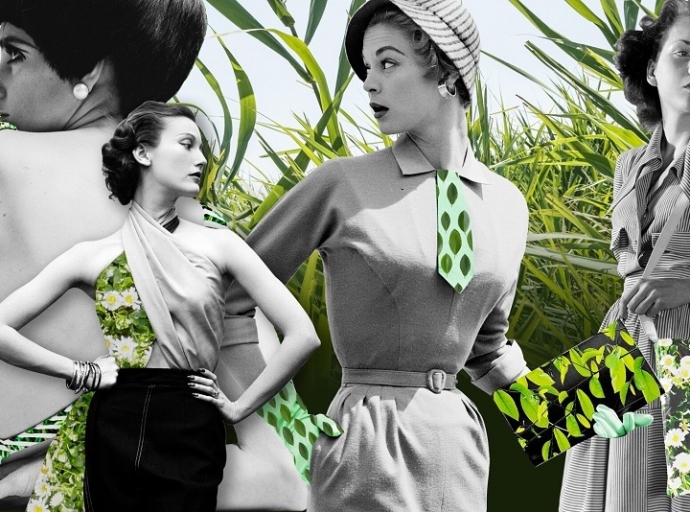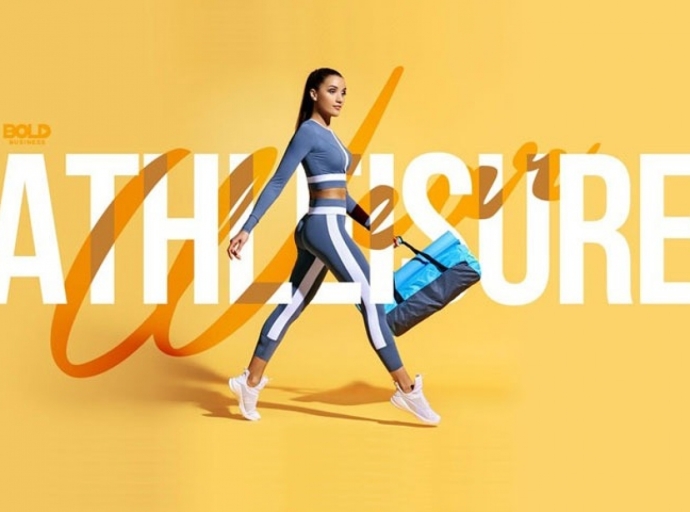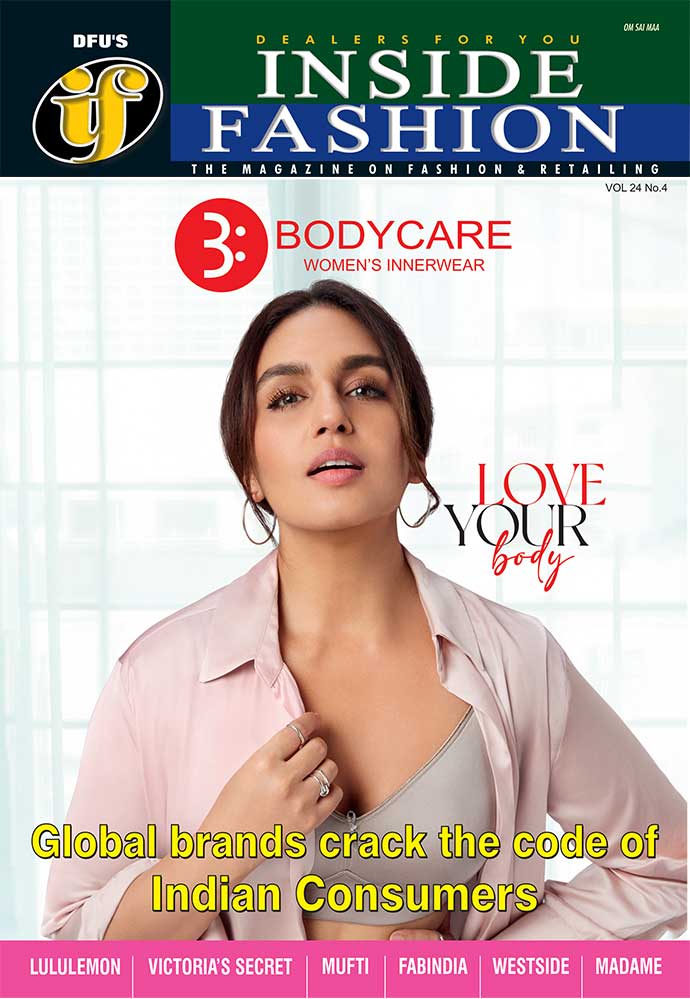04 August 2023, Mumbai
A Lifestyle Orientation; Streetwear is a casual fashion style that has its roots in the 1970s and 1980s. It is characterized by its use of sportswear-inspired clothing, such as hoodies, graphic tees, and sneakers.
Streetwear is often seen as a way for people to express their individuality and their affiliation with various subcultures, such as hip-hop, DIY punk, graffiti, and skate and surf culture.
Preface
- Streetwear is a casual fashion style that is characterized by its use of sportswear-inspired clothing, such as hoodies, graphic tees, and sneakers.
- Streetwear has become increasingly popular in recent years, and it is now worn by people of all ages and backgrounds.
- It is a way for people to express their individuality, their values, and their love of the street.
- The future of streetwear is bright. The trend is only going to continue to grow in popularity, both in India and around the world.
The Rise of Indian Streetwear
Streetwear has been a popular fashion trend for decades, but it has only recently become mainstream.
In India, streetwear is now a major force in the fashion industry, with both global and local brands vying for a piece of the pie.
The global luxury fashion industry is also taking notice of streetwear, with many high-end brands launching their own streetwear lines.
Local brands compete with global iconic ones
In India, a number of local streetwear brands have emerged in recent years, challenging the dominance of global brands like Nike, Adidas, and Supreme.
Luxury Brands Go Streetwear; These local brands are often more affordable and cater to a younger audience.
Some of the most popular Indian streetwear brands include Crepdog Crew (CDC), Capsul, ADK by Avishi Dayal Kalra, Almost Gods, and SIX5SIX STREET.
The luxury industry's shift to streetwear
The New Black in Fashion; The global luxury fashion industry has also been affected by the rise of streetwear. In the past, luxury brands were focused on high-end, formalwear.
However, in recent years, many luxury brands have launched their own streetwear lines in an effort to appeal to younger consumers.
This trend is likely to continue in the years to come.
Streetwear as a Subcultural Expression
In its earliest days, streetwear was adopted by various subcultures as a way to express their identity and values.
For example, hip-hop artists used streetwear to signify their urban roots and their rejection of mainstream culture.
DIY punks used streetwear to express their DIY ethos and their rebellious spirit.
Graffiti artists used streetwear to show their support for the street art community.
And skaters and surfers used streetwear to show their love of the outdoors and their laid-back lifestyle.
Streetwear as a Fashion Trend
In the 1990s, streetwear began to gain mainstream popularity. This was due in part to the rise of hip-hop culture, which made streetwear more visible to a wider audience.
It was also due to the increasing popularity of skate and surf culture, which made streetwear more accessible to a younger audience.
As streetwear became more mainstream, it began to evolve. New brands emerged, and new styles were adopted.
Hoodies and graphic tees remained popular, but other items, such as sneakers, bomber jackets, and sweatpants, also became associated with streetwear.
Streetwear Today
Today, streetwear is a major force in the fashion industry. It is no longer just the domain of subcultures; it is worn by people of all ages and backgrounds. Streetwear brands are now some of the most popular and successful in the world.
Streetwear is more than just a fashion trend; it is a lifestyle orientation. It is a way for people to express their identity, their values, and their love of the street.
It is a way to connect with others who share the same interests. And it is a way to have fun and be creative.
The future of streetwear
The future of streetwear is bright. The trend is only going to continue to grow in popularity, both in India and around the world.
As streetwear becomes more mainstream, we can expect to see even more innovation and creativity in the space.
The Future of Streetwear
- The future of streetwear is bright. The trend is only going to continue to grow in popularity, both in India and around the world.
Streetwear is a major force in the fashion industry, and it is only going to get bigger in the years to come.
Both global and local brands are vying for a piece of the pie, and we can expect to see even more innovation and creativity in the space in the years to come.
Streetwear is a truly global phenomenon.
It is a way for people from all over the world to connect with each other and express their individuality. It is a way to celebrate the diversity of street culture. And it is a way to have fun and be creative.

































